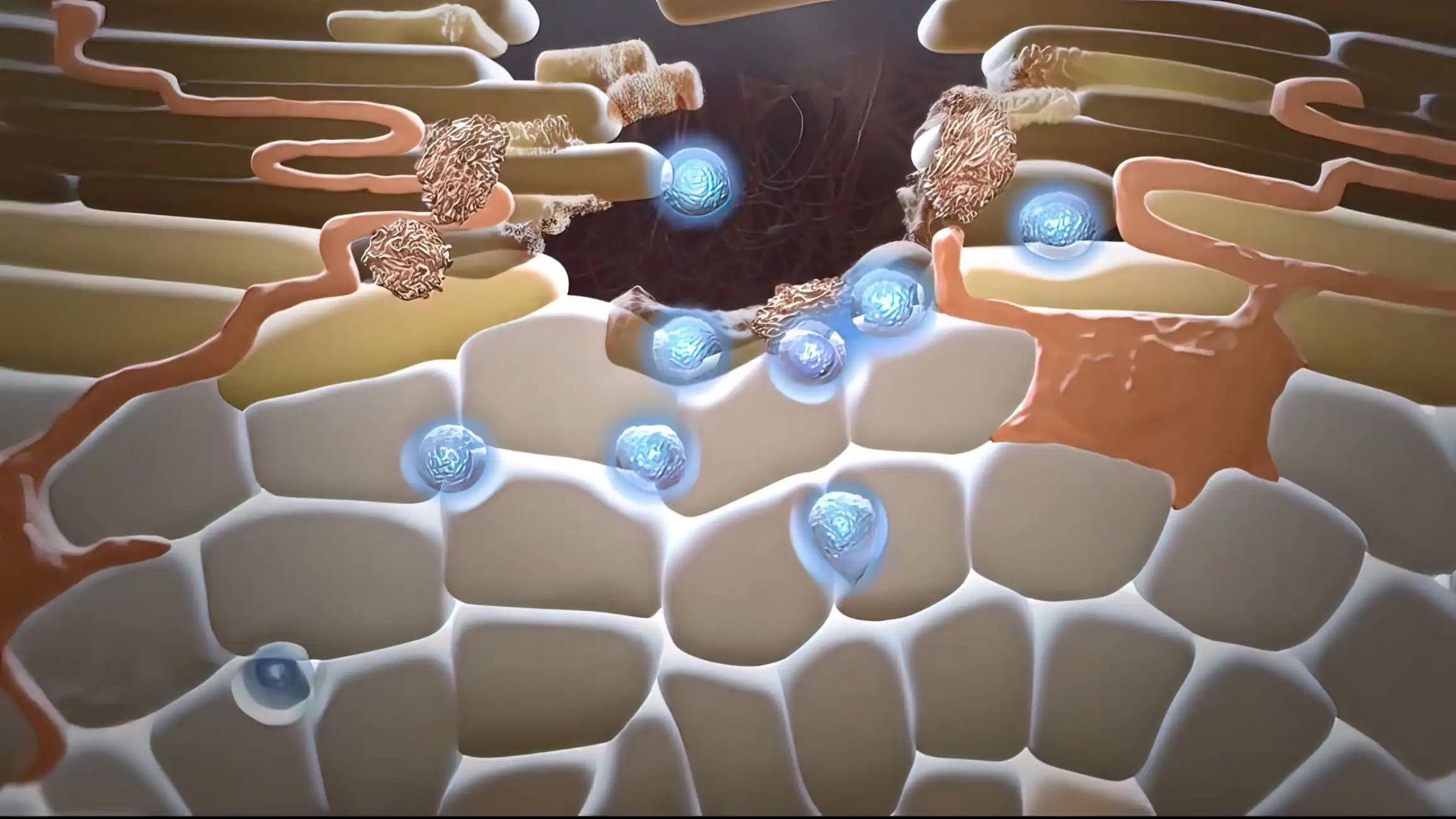KEY TAKEAWAYS
- The study aimed to investigate the role of stemness-related lncRNAs as potential prognostic indicators for patients with TNBC.
- Researchers noticed the potential of the SRlncRNA signature to guide personalized treatments, advancing precision medicine in patients with TNBC.
Cancer stem cells (CSCs) and long non-coding RNAs (lncRNAs) are pivotal players in the dynamics of tumor progression, metastasis, and therapy resistance, especially within the context of triple-negative breast cancer (TNBC).
Min Zhang and the team aimed to access the stemness-related lncRNAs (SRlncRNAs) in TNBC prognosis remain largely unexplored.
They performed an inclusive analysis utilizing RNA sequencing data and corresponding clinical information from the TCGA database. Employing Weighted Gene Co-expression Network Analysis (WGCNA) on TNBC mRNAsi sourced from an online database, stemness-related genes (SRGs) and stemness-related long non-coding RNAs (SRlncRNAs) were identified.
Subsequently, a prognostic model was developed through univariate Cox and LASSO-Cox analysis based on SRlncRNAs. The performance of the model was assessed using Kaplan-Meier analysis, ROC curves, and ROC-AUC. Additionally, the study delved into the underlying signaling pathways and immune status associated with the divergent prognoses of TNBC patients.
A signature comprising six SRlncRNAs (AC245100.6, LINC02511, AC092431.1, FRGCA, EMSLR, and MIR193BHG) was identified for TNBC. Risk scores derived from this signature were observed to correlate with the abundance of plasma cells. Furthermore, the nominated chemotherapy drugs for TNBC showed significant variability among different risk score groups. RT-qPCR validation confirmed abnormal expression patterns of these SRlncRNAs in TNBC stem cells, affirming the potential of the SRlncRNAs signature as a prognostic biomarker.
The study concluded that the identified signature holds significant predictive power regarding patient outcomes while offering crucial insights into the underlying biology, signaling pathways, and immune status relevant to TNBC prognosis.
The findings suggest the potential for guiding personalized treatments, encompassing immune checkpoint gene therapy and chemotherapy strategies, based on risk scores derived from the SRlncRNA signature. Overall, this research contributes valuable knowledge toward advancing precision medicine in the context of TNBC.
This study was funded by the Hospital-level Project of the QingPu Branch of Zhongshan Hospital, Affiliated with Fudan University.
Source: https://pubmed.ncbi.nlm.nih.gov/38704606/
Zhang M, Zhang F, Wang J, et al (2024). “Comprehensive characterization of stemness-related lncRNAs in triple-negative breast cancer identified a novel prognostic signature related to treatment outcomes, immune landscape analysis and therapeutic guidance: a silico analysis with in vivo experiments.” J Transl Med. 2024 May 4;22(1):423. doi: 10.1186/s12967-024-05237-0. PMID: 38704606.



